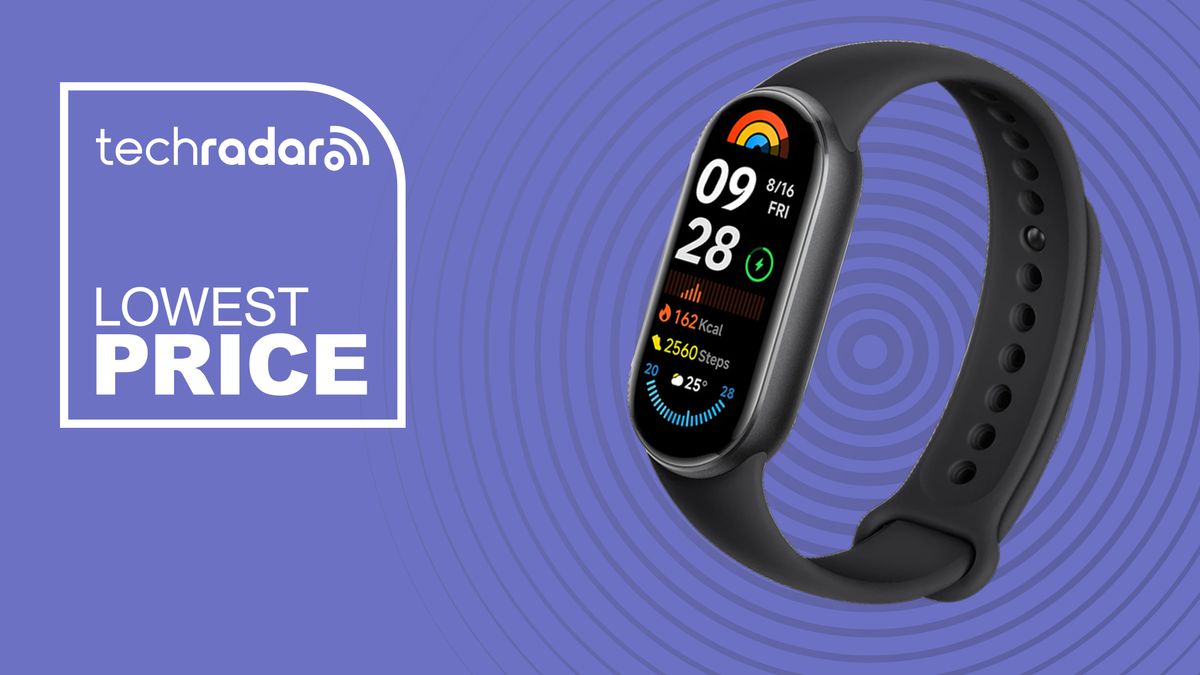Tech
I Went Hands-On With New Samsung and Lenovo Chromebooks. They Look Great and So Do ChromeOS' New AI-Powered Tools

It’s been a minute since Samsung released a new premium Chromebook. The electronics giant was one of the first to make Chromebooks since ChromeOS came into existence (I first reviewed one back in 2011). Now it’s back with its first Chromebook Plus model launching alongside an updated Lenovo Duet Chromebook tablet and new AI tools available as part of ChromeOS.
The $700 Samsung Galaxy Chromebook Plus is the thinnest and lightest Chromebook Plus ever, said Google’s John Maletis, vice president of ChromeOS product, engineering and UX. It’s only 11.8 millimeters thick and weighs just about 2.6 pounds (1.2 kilograms) — not bad at all for a 15.6-inch laptop.
Key specs include:
- 15.6-inch OLED display with a 16:9 aspect ratio
- Intel Core 3 100U processor
- 8GB of memory
- 256GB UFS storage
- Up to 13 hours of battery life
- HDMI out, 3.5mm audio jack, USB-C (x2), USB-A
The decision to go with a 16:9 display is a bit disappointing. It not only gives the laptop a slightly dated look but 16:10 and 3:2 displays are better for productivity. Also, Samsung’s previous Galaxy Chromebooks were super thin, too, but they would overheat. Here’s hoping Samsung used an adequate cooling solution in this laptop.
Probably the most important thing about the Samsung is that it’ll be the first with a new keyboard layout that replaces the Launcher key with a Quick Insert key. Pressing this key opens a context menu with options related to what you’re doing. If you’re writing an email, for example, you can press it, and you get some emoji options or access to Drive or a recent photo, so all you have to do is click to add.
The new keyboard layout swaps the Launcher key for a Quick Insert key and moves the Launcher to the bottom row between the Fn and Alt keys.
Since the feature is integrated at the OS level, you can get Quick Insert options for whatever app you’re in or what’s in your browser window. The Launcher key will now be found in the bottom row. This new keyboard layout is currently exclusive to this Samsung but will appear on other models next year. Chromebook Plus users will be able to trigger Quick Insert with the shortcut Launcher key plus F and will also have the option to remap the Launcher key to use the feature in the Chromebook’s Settings menu. For example, Acer let us know that the following models will support the new Chromebook Plus features:
- Acer Chromebook Plus Spin 714 (CP714-1H/CP714-1HN, CPE794-1/CPE794-1N)
- Acer Chromebook Spin 714 (CP714-2WN, CP714-1WN)
- Acer Chromebook Plus 516 GE (CBG516-2H)
- Acer Chromebook 516 GE (CBG516-1H)
- Acer Chromebook Plus 515 (CB515-2H, CB515-2HT)
- Acer Chromebook Plus Enterprise 515 (CBE595-2/CBE595-2T)
- Acer Chromebook Plus Spin 514 (CP514-4HN, CPE594-1N, CPE594-1N)
- Acer Chromebook Plus 514 (CB514-3H, CB514-3HT, CB514-4H, CB514-4HT)
- Acer Chromebook Spin 514 (CP514-3H, CP514-3HH, CP514-3WH)
- Acer Chromebook Vero 514 (CBV514-1H, CBV514-1HT)

The new and improved Lenovo Duet Chromebook can stand horizontally and vertically.
At the other end of the size spectrum is the updated 11-inch Lenovo Chromebook Duet, a pen-enabled tablet with a detachable keyboard, and is probably the bestselling Chromebook of all time, Maletis said. That doesn’t surprise me, given its versatility and because of what you get for its $350 price.
The new Duet is built around a 2K-resolution 11-inch touchscreen with a 16:10 aspect ratio. Lenovo traded the Qualcomm system-on-chip in the last-gen version for a new MediaTek SoC paired with up to 8GB of memory and 128GB of storage. It now has a spillproof chassis. And, the rear cover was redesigned so you can now stand the device horizontally and vertically.

It works with any USI 2.0 pen, but you’ll probably find a bundle with Lenovo’s pen that magnetically attaches to the back next to the 8-megapixel camera. There’s a 5-megapixel camera in front, too, with a physical privacy shutter. Google also said it improved palm rejection, so if you’re looking for something for entertainment, notetaking, drawing and productivity, the Duet is one to look for.
More AI-powered features in ChromeOS
Now, about the ChromeOS tool additions. For the most part, they are things Google announced for Chromebook Plus models earlier this year but are available now. There are essentially three key ones: Help Me Read, Live Translate and Live Transcribe.
Help Me Read uses Gemini AI to summarize written content, whether that’s a website, a presentation or a PDF. More importantly, you can use Gemini for natural language follow-up questions about the content, letting you drill down to find the info you’re after.
Live Translate generates Google AI-translated captions for audio and video but it does it at the OS level. That means it’ll work with any service or app or website, so you can translate a Zoom conversation just as easily as a YouTube video.

Watch this: Samsung’s New Galaxy Chromebook Plus Has a First-of-Its-Kind Keyboard and Lenovo Revives Chromebook Duet
Then, there’s the Recorder app with live transcription, which can also be used with any service. You can record a conversation in Zoom, for instance, and it will transcribe on the fly. It can detect different speakers in a conversation, and the transcription is searchable. The Recorder app with transcription has been on Pixel phones for years, but it’s nice to have it built in so I don’t have to put my phone next to the speaker to record.
Google also announced a few additions that you’ll see in all Chromebooks, not just Plus models. The best one of those to me is the update to ChromeOS’ Focus mode. It integrates with your Google Tasks list, so you can pop open the Focus mode settings, set the length of time you’ll need to focus, select the task you need to complete, pick sounds or a playlist from YouTube Music to help you concentrate and toggle on Do Not Disturb to shut off notifications.
Other additions include more Google Drive integration in the Tote and Launcher interfaces and a Welcome Recap showing what you worked on the last time you were on the Chromebook.
The OS updates and the new devices are expected to be available later this month.








